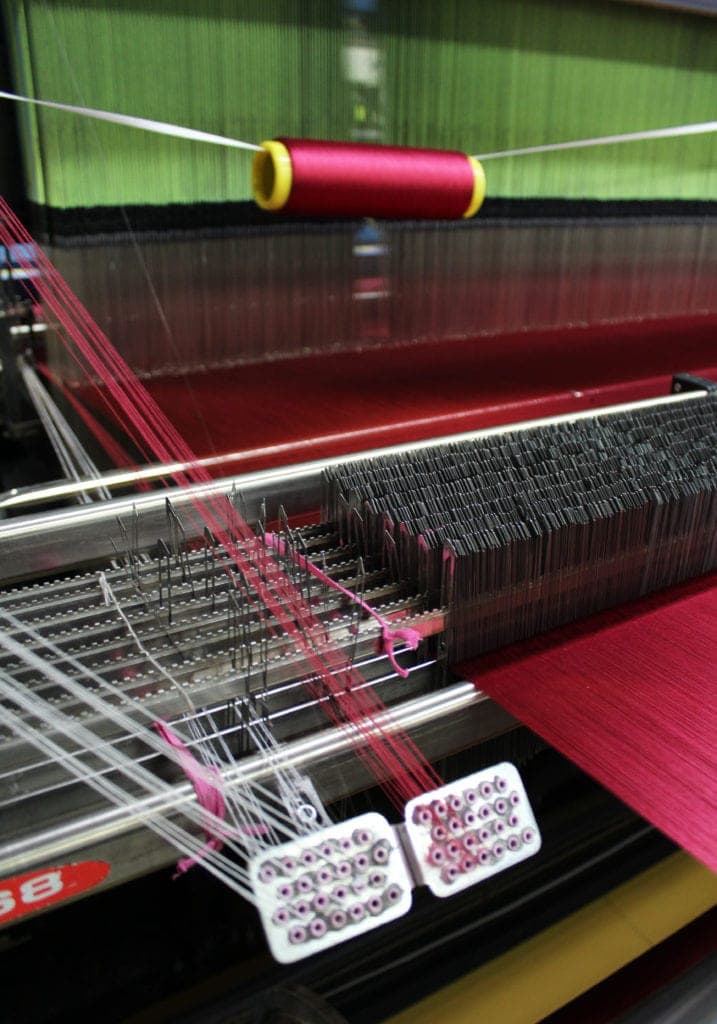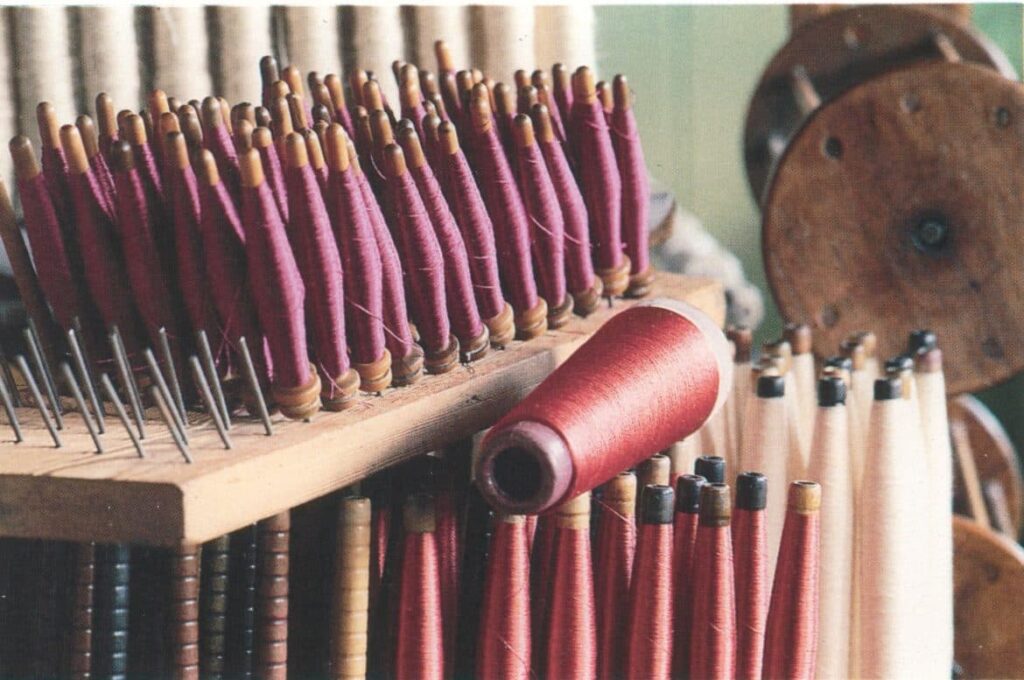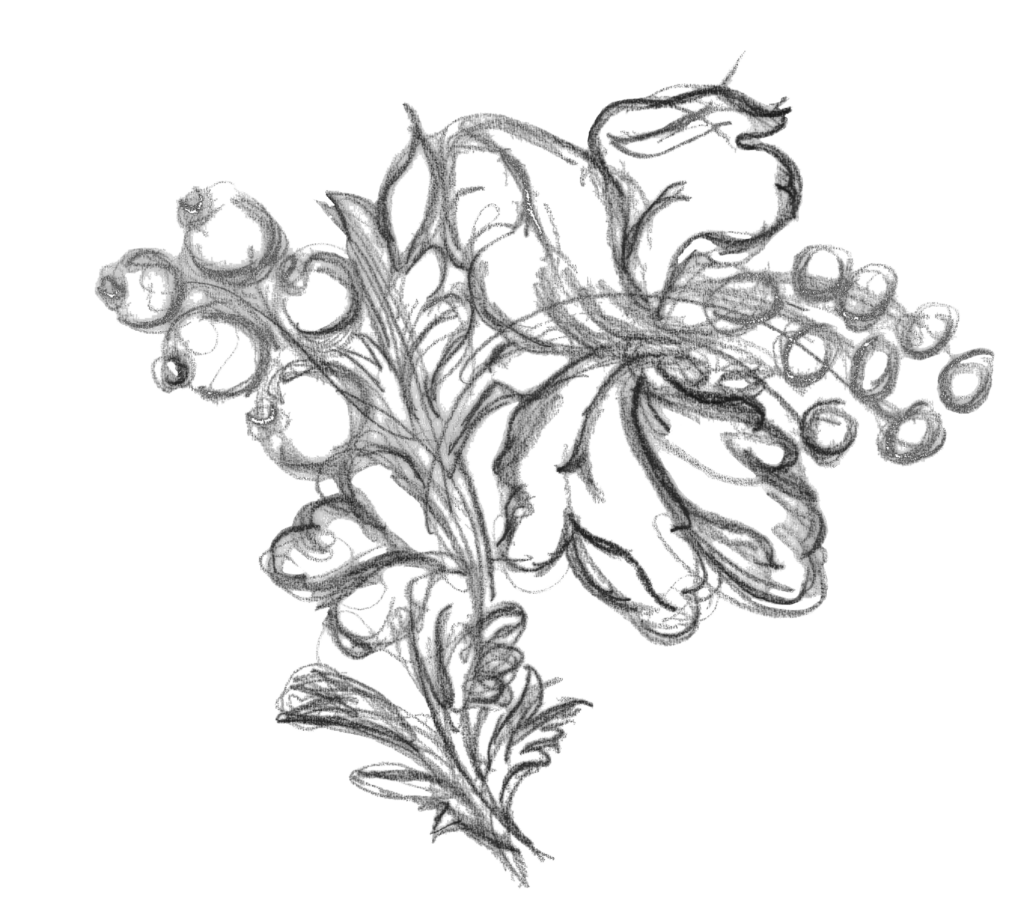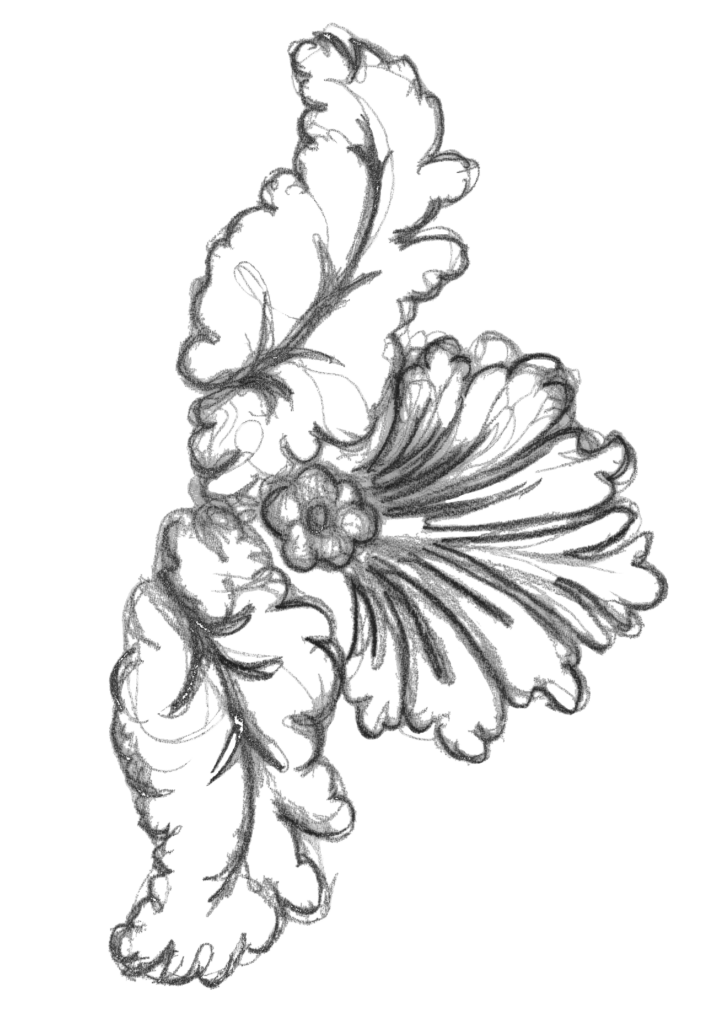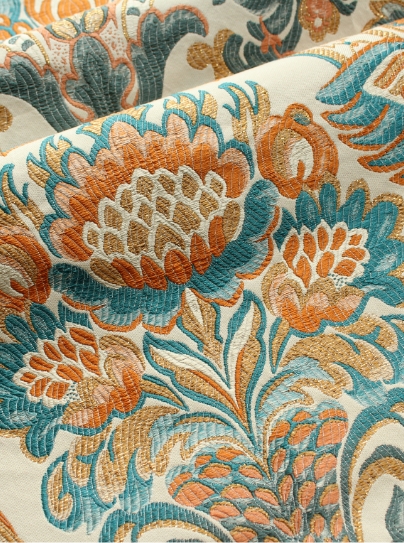Jacquard’s Machine; from shuttle to rapier.
The weaving shuttle is a storage vessel for the weft yarn that is passed from one side of the loom to the other. With shuttle looms the weft is transported through the shed (gap made by parting warp threads) of the woven structure. As the shuttle passes through the shed of the warp, the yarn unwinds from the package inside (also known as a pirn, plug or quill). So the cloth is built through single weft insertions as the shuttle is thrown through the shed, which is created by each revolution of the Jacquard cycle within the silk mill.
Missed the first two installments of this story? Then read ‘Jacquard’s weaving revolution’ and ‘Refining Jacquard’
The production of cloth in our silk mill could be maximised by increasing the turning speed of each revolution of the Jacquard cycle, with Verdol machines, the shuttle could be sent across even quicker. Unfortunately the speed of the shuttle then became the next limiting factor for weaving high speed.
The shuttle needed to be large enough to take the weft required across the width of the cloth but slim enough to be propelled through a narrow shad. Shuttle speeds reached dizzy heights but the shed lift still had to open wide enough for an acceptable sized shuttle.
The solution was not with the shuttle but with an idea in weaving that had been around since the mid-18th century. Around the time Vaucanson was busy trying to perfect his loom programming mechanism, the idea emerged of taking the weft thread across the loom with a thin steel flexible rod. This became known as rapier weaving. The beauty of the rapier system was that the projectile size was considerably smaller than that of the conventional shuttle.
In turn this meant that the depth of shed could be significantly reduced in the weaving process and this allowed the loom revolution speed to increase. With the limitations of shuttle speed overcome, loom speed was again governed by the time taken to select a mechanical needle movement in the Verdol Jacquard loom.
The landscape for technology in the world of digital control was changed forever in 1983 when a UK firm of Bonus Ltd perfected a direct transfer of electronic instruction from a computer disc to the looms control system. Today through networking the looms programming can be as remote as required, coupled with designing ‘on screen’ and applying directly to the loom. The convenience of being able to transfer designs from one loom to another with ease has made a dramatic change in the weaving production.
World class companies such as Staubli are now able to control and drive the Jacquard machines without a mechanical drive or connection with the loom below, therefore creating a smoother weaving selection and programming for the loom harnessing.
It is a wonder to think that Jacquard’s invention should remain at the for-front of textile production. Today our silk mill is full of the most modern looms, you can find more images of the looms and other elements of the production process by following our Instagram.
